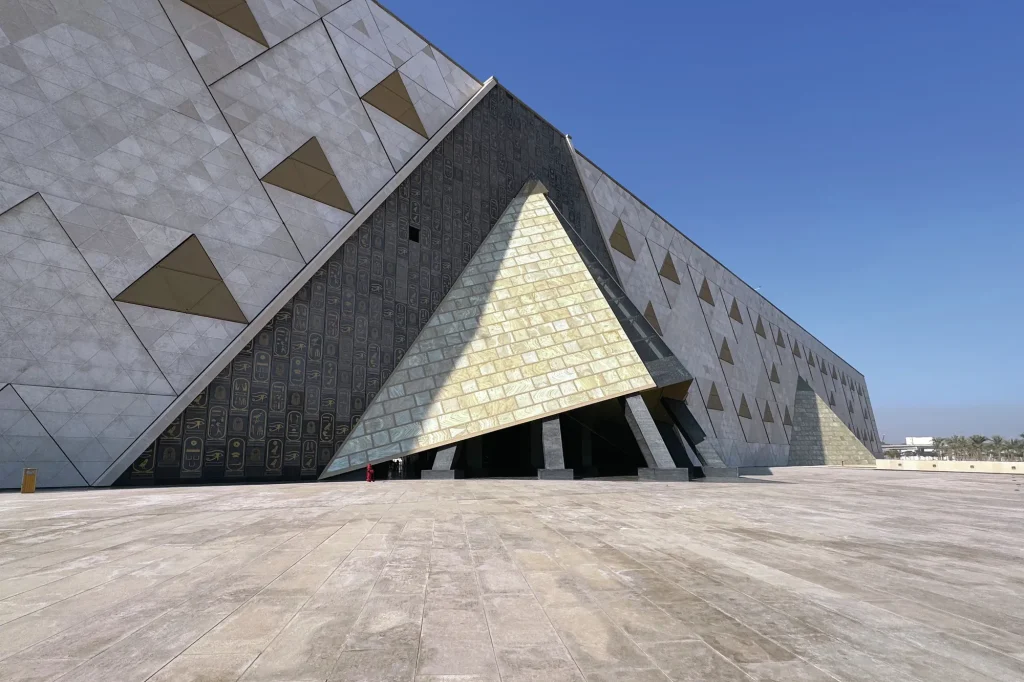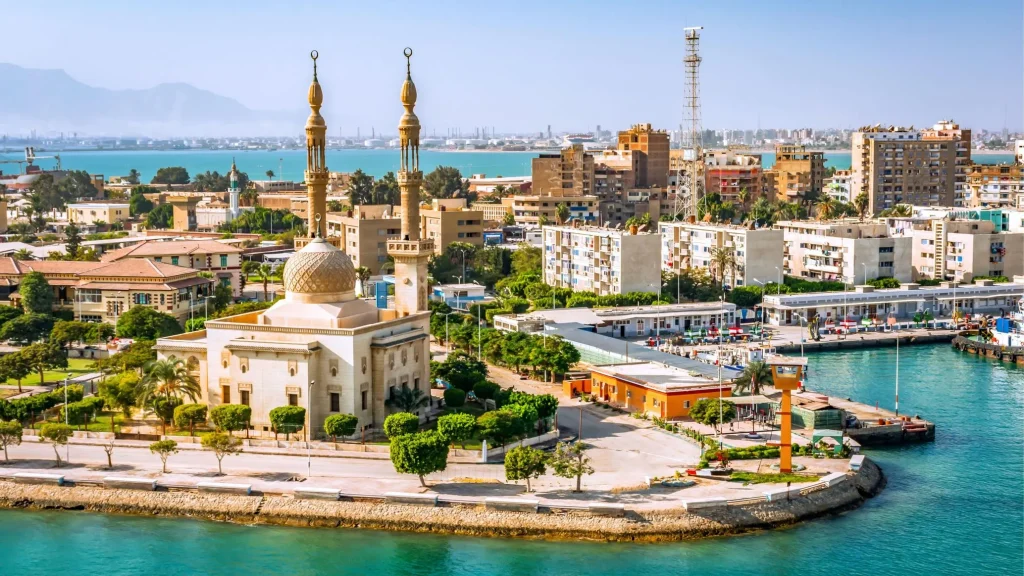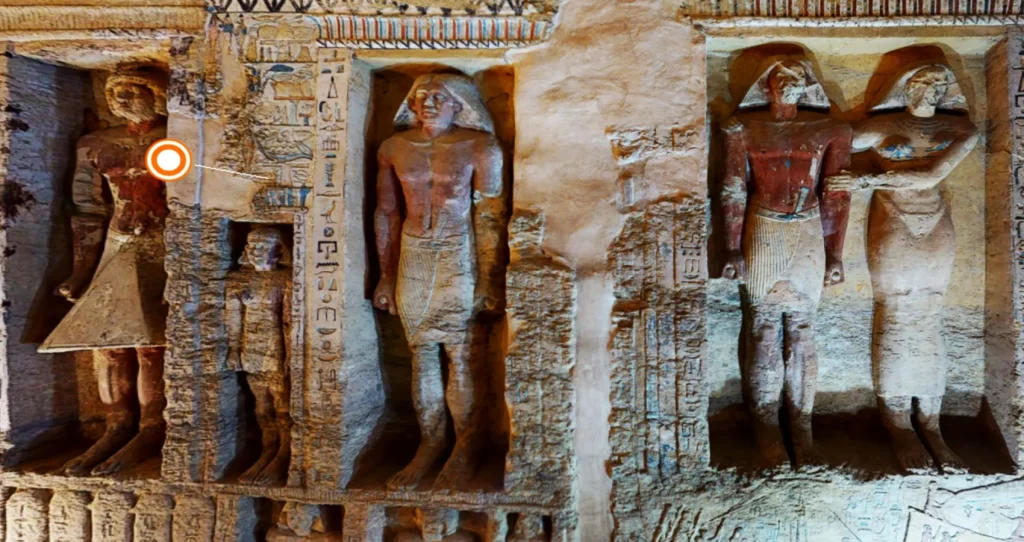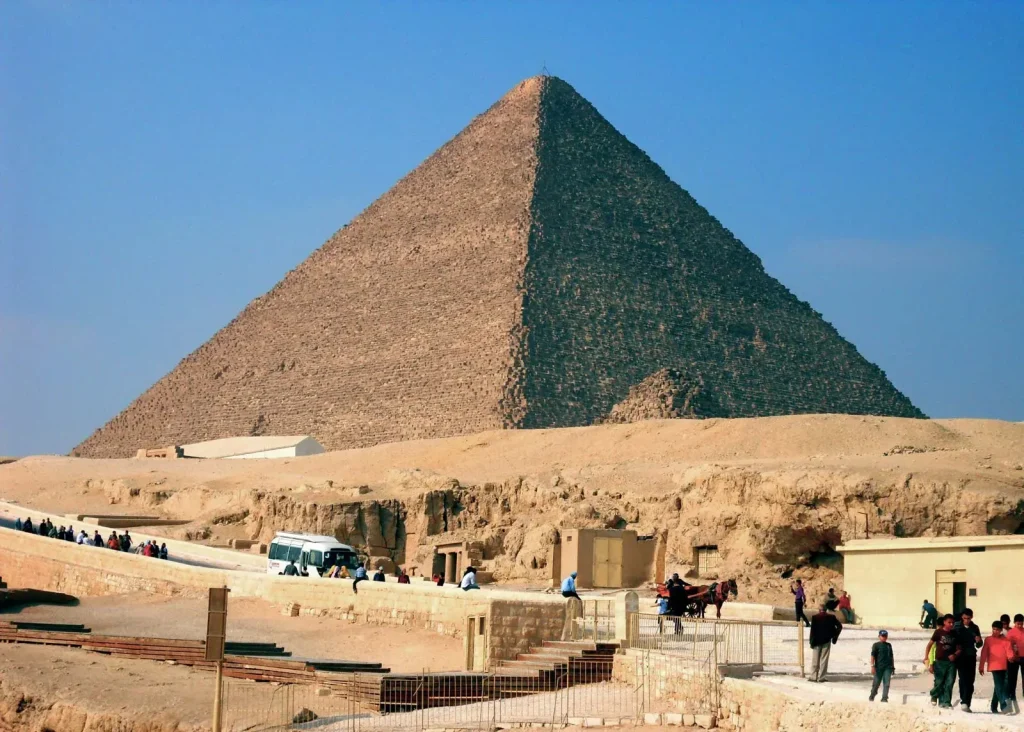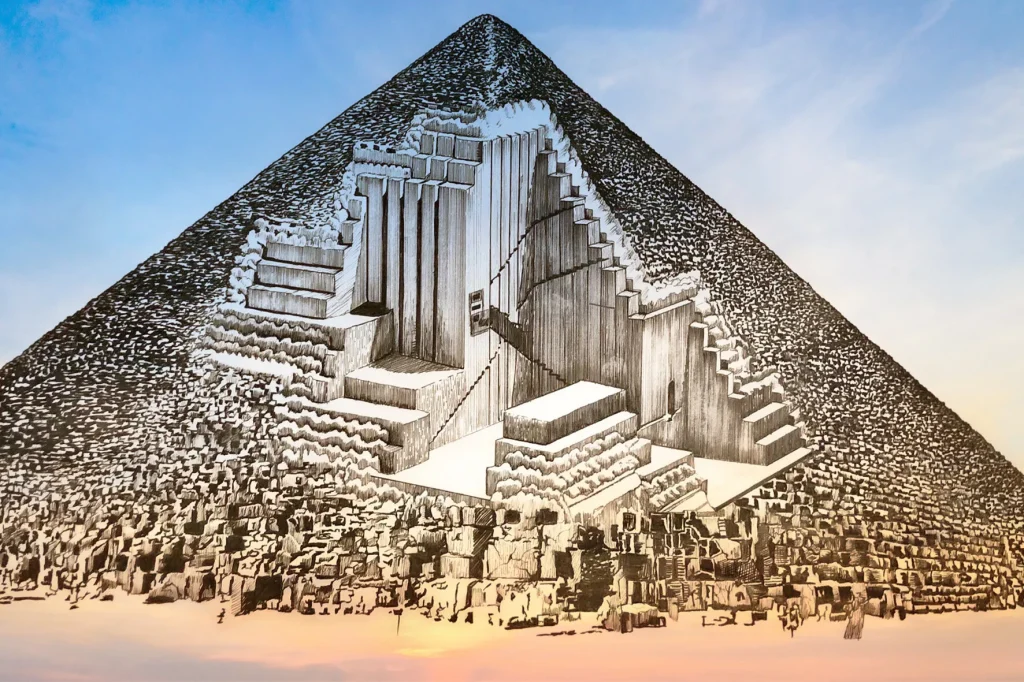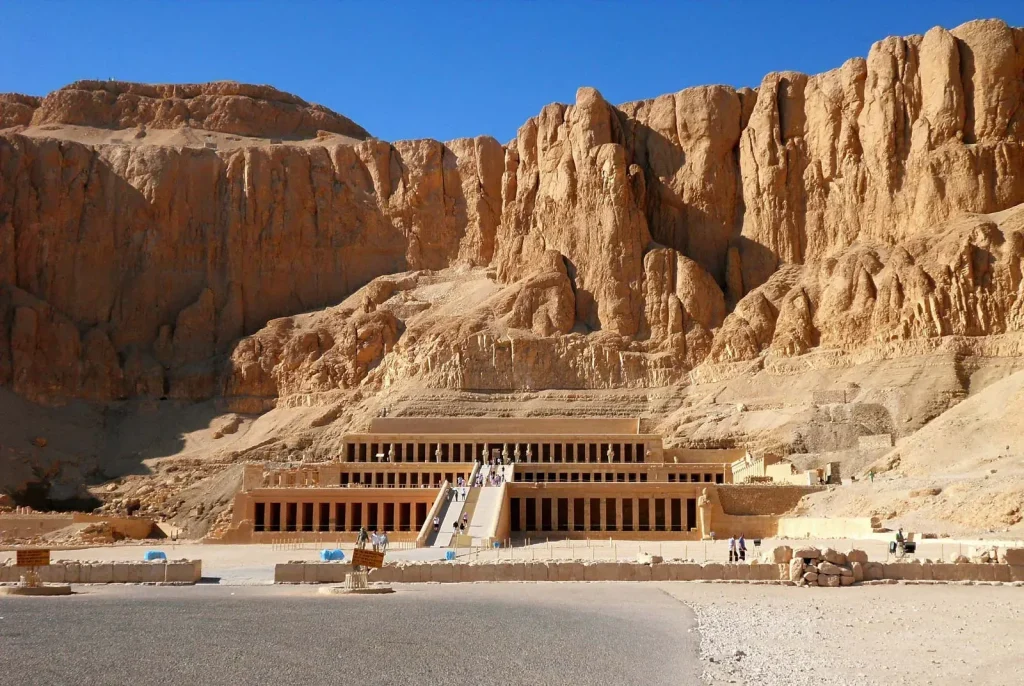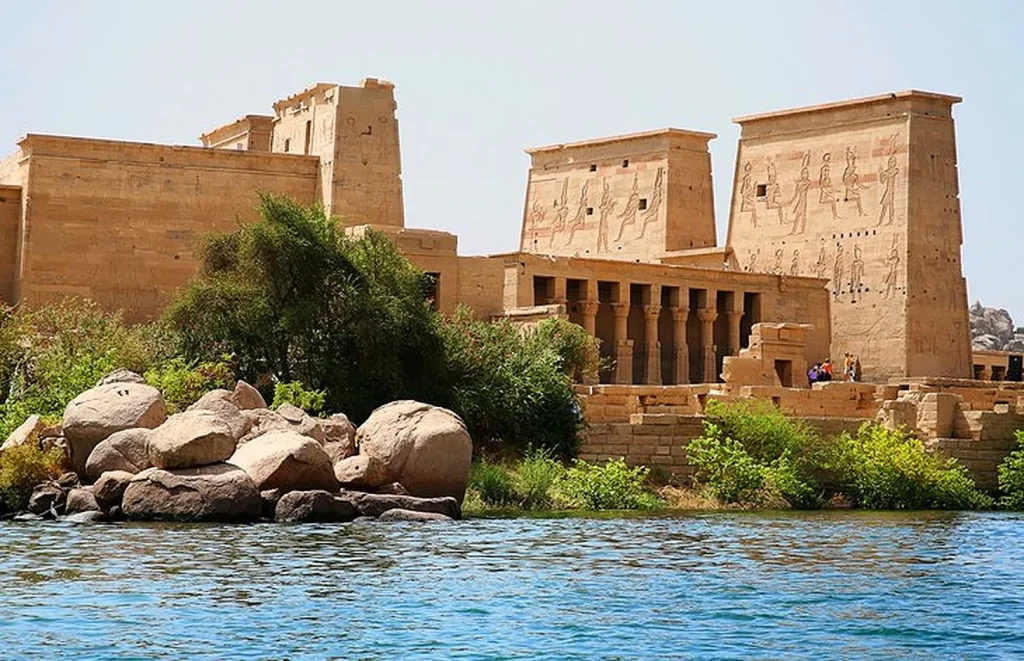The Grand Egyptian Museum (GEM), also known as the Giza Museum, is an under-construction monument that will house over 100,000 artifacts from the ancient Egyptian civilization, including the renowned Tutankhamun collection.
Introduction
The GEM, located in Giza, Egypt, is about 2 kilometers from the Giza pyramid complex. With an impressive 81,000 m2 of floor space, it’s projected to be the world’s largest archaeological museum. The GEM is being built as part of the “Giza 2030” master plan for the Giza Plateau.
Aims and Vision
The GEM is more than just a museum, it’s an international center of communication between museums, promoting direct contact with other local and international museums. The new museum is designed to include innovative technologies, such as virtual reality, and it will host a children’s museum, conference center, training center, and workshops designed similarly to the old Pharaonic places.
History and Construction
The GEM’s construction began on 12 March 2012 with an original estimated completion date of 2013. However, various estimates have since pushed the opening date back to between October 2023 and February 2024.
The museum’s design was decided by an architectural competition announced in 2002, which received 1,557 entries from 82 countries. The competition was won by architects Róisín Heneghan and Shi-Fu Peng of Ireland, and their company, Heneghan Peng Architects.
Unique Architecture
The GEM boasts a unique chamfered triangle design. The building’s north and south walls line up directly with the Great Pyramid of Khufu and the Pyramid of Menkaure. The front of the museum includes a large plaza filled with date palms and a façade made of translucent alabaster stone. Inside the main entrance is a large atrium, where large statues will be exhibited.
Financing and Project Management
The project is estimated to cost US$550 million, of which US$300 million will be financed from Japanese loans. The remaining costs are financed by the Supreme Council of Antiquities, other donations, and international funds. In February 2010, Hill International announced that Egypt’s Ministry of Culture had signed a contract with a joint venture of Hill and EHAF Consulting Engineers to provide project management services during the design and construction of the GEM.
The GEM’s Collections
The exhibition will cover about one-third of the total museum grounds displaying c.18,000 artifacts from the museum’s total collections of c.50,000 objects. The main attraction will be the first exhibition of the full tomb collection of King Tutankhamun. The collection includes about 5,000 items in total and will be relocated from the Egyptian Museum in Cairo. Other objects will be relocated from storages and museums in Luxor, Minya, Sohag, Assiut, Beni Suef, Fayoum, the Delta, and Alexandria.
Logo Design
On 10 June 2018, the museum’s “logo” was revealed, which will be used in the museum’s promotional campaign in Egypt and the world. The Lebanese-Dutch logo was designed by Tariq Atrissi.
Current Status and Anticipated Opening
As of now, the GEM is available for private tours in advance of its official opening. The museum is now open for limited trial visits to some completed areas that are open to the public with an advance reservation. Although there has been no official announcement of an opening date, in July 2023, the Minister of Tourism and Antiquities said that he “anticipates” the opening to be between October 2023 and February 2024.
Conclusion
The GEM is the future of preserving Egypt’s glorious past. When it is completed, the Grand Egyptian Museum just outside of Cairo on the Giza Plateau will not only be the new crown jewel of Egypt, but it will also be one of the largest, most modern, and most renowned museums in the entire world.

